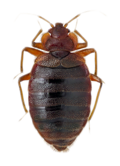Ecopiakos Ecological Solutions - VAT 05534520878
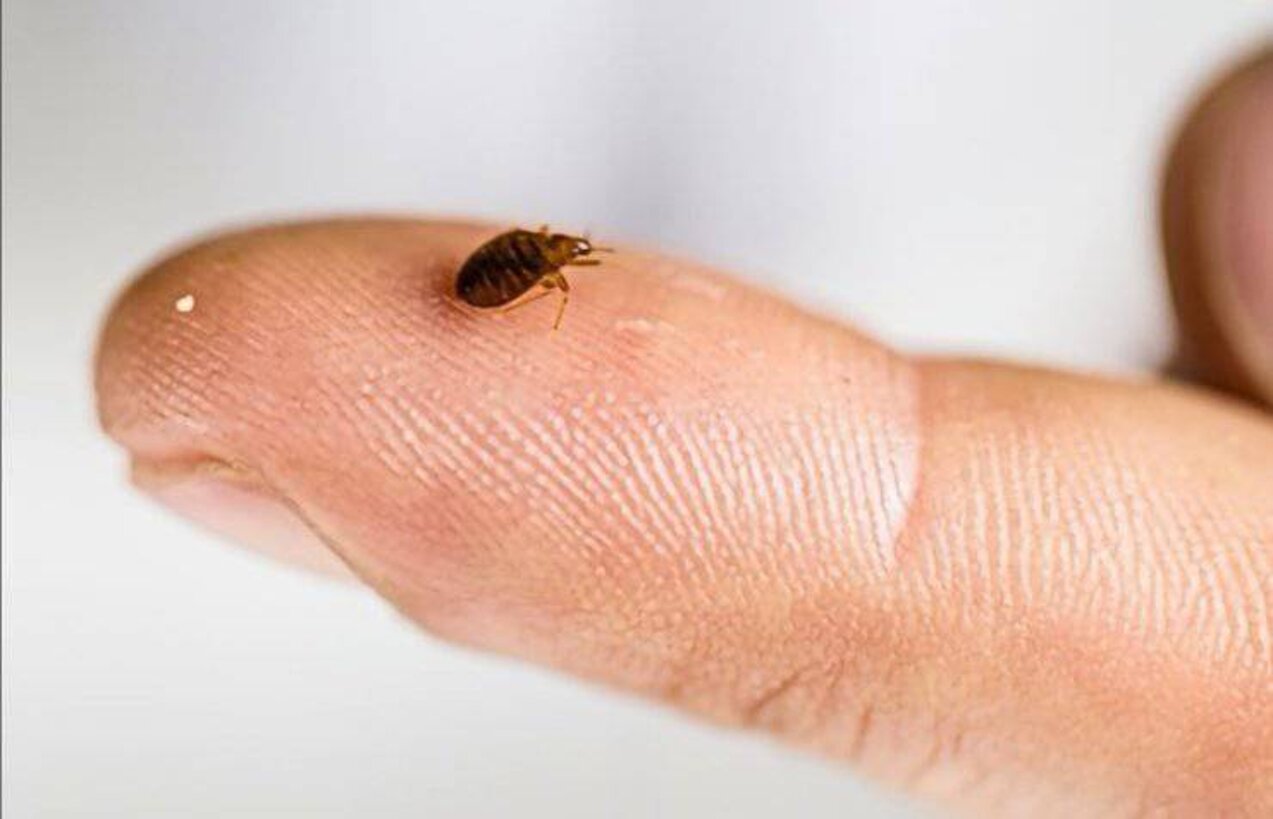
Bedbugs
Of the Cimicidae family, the bed bug (Cimex lectularius Latreille) is a species of obligate hematophagous ectoparasite insect of humans and other warm-blooded animals. Also called "mattress bugs", they are therefore small blood-sucking insects that tend to live in bedrooms and bite at night, because they are attracted by the heat created in rooms during the night and by the carbon dioxide exhaled by those staying there.
Bed bug bites do not transmit any disease, but they cause itching and discomfort, as they can lead to redness on the skin surface and itching.
Damage caused
They remain hidden during the day and come out at night, when, to feed, they go in search of, alas, our very blood. Bed bugs are small, oval-shaped like all types of bugs, and brownish in color. Adult bed bugs have flat bodies about the size of an apple seed. After sucking blood, however, their bodies swell and become reddish in color. Bed bugs do not fly, but they can move quickly over floors, walls, and ceilings.
Bed bugs are found in temperate and tropical climates all over the world. The insects are most commonly found in homes, including hotels and hospitals. Bed bugs generally hide in the seams and crevices of mattresses and box springs, bed frames, headboards, upholstery, old furniture, closets, and in spaces beneath baseboards or behind loose wallpaper. Bed bugs can also be transported from one place to another via luggage, furniture, clothing, and used mattresses. Although they are often associated with unsanitary living conditions, bed bug infestations also occur in clean and well-maintained accommodations, including five-star hotels and resorts.
Bed bug infestations have been increasingly reported in hotels, dormitories, houses, apartments, nursing homes, cruise ships, shelters, prisons, and hospitals. Before World War II, bed bug infestations were much more common; however, after the widespread introduction of DDT use in the mid-20th century, bed bug infestations became much less frequent. The recent resurgence of bed bug infestations worldwide is thought to be related to several factors, including increased international travel, dense urban living conditions, resistance to insecticides, and new and ineffective pest control measures.
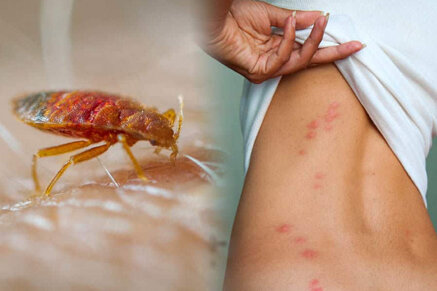
How to act
it is best to proceed immediately with the removal of these small animals to avoid a real infestation:
- carefully check the cracks in the bed frame or in the cracks of the walls or floor
- look for small black spots among the sheets, which could be bedbug droppings, or blood stains
- also check for the possible presence of white spots or molts which could instead be hatched eggs
- also check in the cracks of the plaster or behind loose wallpaper
if necessary, vacuum the entire bed frame
wash all potentially contaminated clothes
wash and dry linens at high temperatures
a traditional method consists of placing soap flakes under the mattress and greasing the legs and frame with petroleum jelly to prevent bedbugs from climbing up
But it is always necessary to abandon the idea of do-it-yourself to prevent the problem from recurring: the best idea is to rely on a serious and professional company like ours.
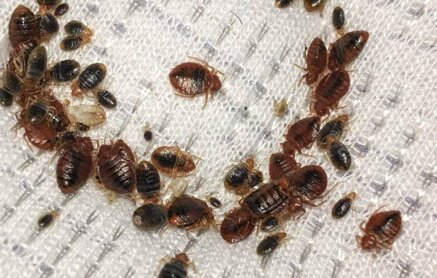
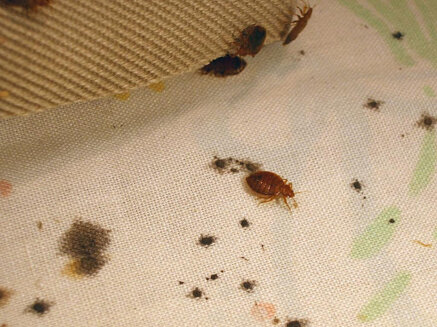
Ecopiakos Ecological Solutions - VAT 05534520878
